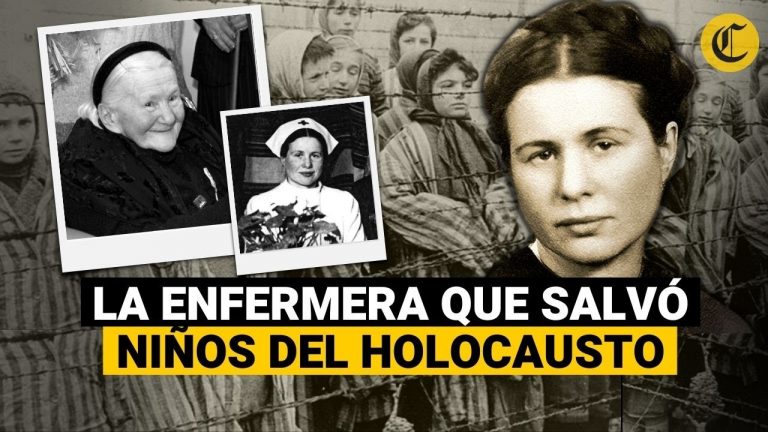Contenidos
Marichu de la mora
Republican aviation
Her marriage to Hidalgo de Cisneros opened the doors to the high Republican spheres, since her new husband was a personal friend of President Indalecio Prieto. During the war, already enlisted in the ranks of the Communist Party, she worked in the press office of the Ministry of Foreign Affairs. She worked as a translator and was in charge of censorship of the foreign press. And so she ended up going into exile in the United States at the end of the war. There she became friends with Eleanor Roosevelt and resumed her friendship with Ernest Hemingway, in addition to writing her own biography, ‘Double Splendor’. On January 26, 1950, she died in Guatemala in a traffic accident.
Marichu was very active in the political sphere and worked with Pilar Primo de Rivera in the organization of the Women’s Section. Like her sister, she linked her profession to the press and, at the end of the war, she became the national delegate of Press and Propaganda. She also directed the magazine ‘Y’, where Falangist poets and writers such as Eugenio d’Ors, Dionisio Ridruejo and Eugenio Montes, among others, collaborated. It is suspected that she was the muse that inspired many of Dionisio Ridruejo’s poems in his publication ‘Primer libro de amor’.
Constancia de la mora
In the Argentine Embassy in Madrid, where some of Franco’s supporters were taking refuge, among them Marichu de la Mora’s husband, the news arrived quickly and, in a few hours, a mass was celebrated for her eternal rest. In the so-called national or Francoist zone, the rumors caused confusion. The military coup and the civilian slaughter it had unleashed had not only failed to get their leader out of jail, but had led him directly to his death. They could not believe the news. They did not want to believe it. They preferred to feed the myth of the Absentee. If he had been shot, as it was said, why didn’t Franco’s authorities confirm it?
It was a period of intense activity in which De la Mora recovered from the tension of the first months of the war and from the emotional crisis suffered when he learned of the death of his idealized friend. In the Salamanca house of the Plazuela de San Julián there were constant meetings of the main Falangist leaders around Pilar Primo de Rivera to prepare strategies to face the unpleasant Unification Decree of 1937 that forced them to merge with the Requetés. They wanted to survive as an organization and win the war.
Germán gamazo
In place of Splendor: the autobiography of a Spanish woman was very well received by readers and critics, and was translated into numerous languages. Richard Collins attempted its film adaptation in 1946, with the same title as the book, although with less success.[12] Her husband, Ignacio Hidalgo de Gamazo, was the author of In place of Splendor.
Her husband, Ignacio Hidalgo de Cisneros, joined her in Mexico, but they finally separated in 1941 and he returned to Europe, where he continued to carry out relevant political activity, as leader of the Communist Party in exile, until his death in 1966.
Conni de la mora
She was appointed censor and head of the Republican Foreign Press Office, which gave her enormous power and meant that when a correspondent requested information, the answer she got was always the same: “Go see Constancia”.
Inmaculada de la Fuente was born in Madrid and spent her childhood in Arenas de San Pedro (Ávila). A journalist with a degree in Modern and Contemporary History, she has worked as a journalist since 1977, first in ‘El País Semanal’ and then in ‘El País’, where she currently works.



